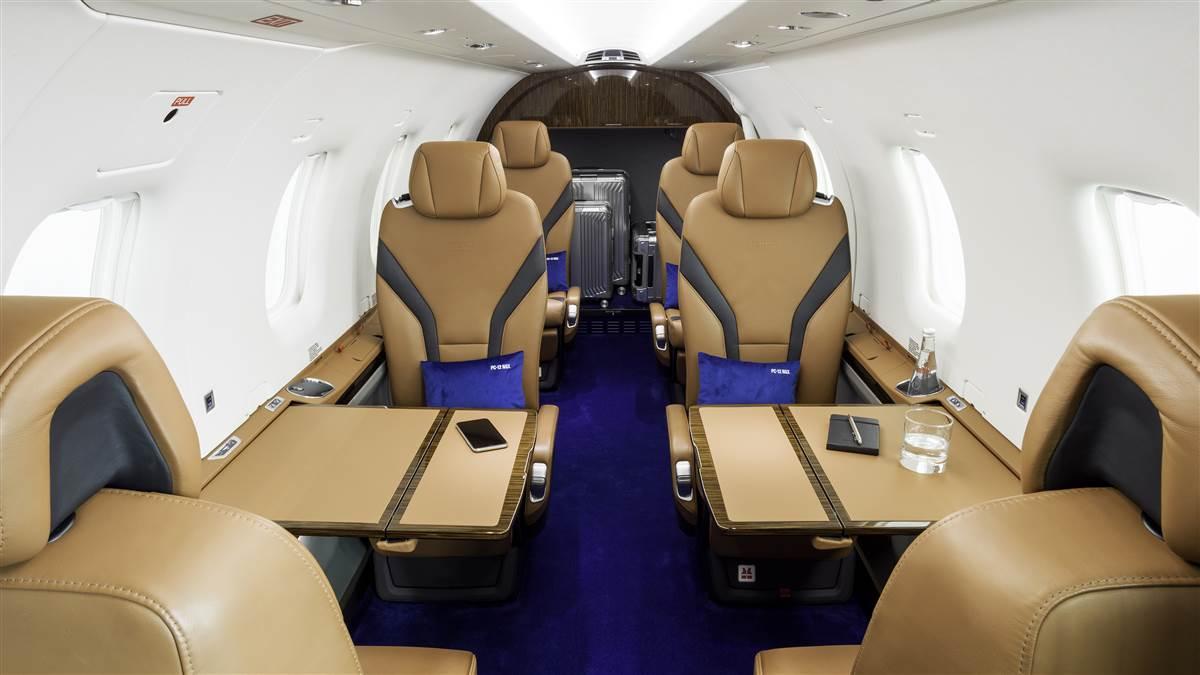From the editor: A sustainable future
Will biofuels enter mainstream use?

As with seemingly everything these days, the reasons are often subjects of vehement opinion. Some hold that climate change is a product of long-term natural processes such as solar activity, or perturbations in the tilt of the Earth’s axis. Others say that it’s a short-term result of carbon emissions created by the burning of fossil fuels. One thing is true: There’s a lot of confusion.
A recent Washington Post-Kaiser Family Foundation poll sampling 2,293 American adults showed that 63 percent felt that “cutting down forests” was a major cause. “Driving cars and trucks” came in second at 58 percent. “Burning fossil fuels for heat/electric” scored 56 percent. In sixth place was “airplane travel,” with 24 percent calling it a major contributor. “Cement manufacturing” rated last, at 15 percent, which makes you wonder. Meanwhile, NASA claims that atmospheric greenhouse gases are to blame, putting carbon dioxide as the prime suspect.
Economists at New York’s Rhodium Group hold that emissions from the burning of jet fuels, mostly in airliners, account for 1.9 to 4.7 percent of atmospheric carbon dioxide and other emissions. The Environmental Protection Agency says that of the 29 percent of greenhouse gases, half come from cars and trucks. So, aviation fuels, including jet fuels, appear not to be major contributors.
For SAF to enter mainstream use, production must be increased in a big way, and many more FBOs have to carry it.There’s a movement afoot to bring environmentally friendly jet fuel to general aviation turbine aircraft. Called sustainable aviation jet fuel, or simply sustainable aviation fuel (SAF), it’s created from biological waste (see “Biofuels are Slowly Coming to Business Jets,” p. T-7). The United Nations’ International Civil Aviation Organization (ICAO), the International Business Aircraft Council (IBAC), the National Business Aviation Association (NBAA), as well as the major airlines—plus manufacturers Boeing, Bombardier, Embraer, Gulfstream, and others—all have endorsed the SAF concept. SAF is a drop-in fuel, meaning that no supplemental type certificate or other approval is needed. Just gas up and go. To date, SAF has been in what can be called a demonstration phase, with specific FBOs providing it to pilots flying to aviation-related conventions.
That’s the good news. The bad news is that there are very few refiners who make SAF, and few FBOs that carry it. And price is a big problem. SAF can sell for up to $10 to $16 per gallon. For SAF to enter mainstream use, production must be increased in a big way, and many more FBOs have to carry it. That’s the only way price can come down to acceptable levels.
The enthusiasm is there, but let’s face it—it will take time until SAF becomes a mainstream fuel. And even more time until alternative fuels are mandated. And even longer before any significant reduction in man-made greenhouse gases will be realized. That goes for car, truck, ship, train, and power plant emissions, as well as those from commercial and general aviation turbine engines. Yes, the first steps have been taken, and here’s hoping we’re not too late. It took two and a half centuries for the atmosphere to reach its current state, and it may be at least that long before the trend can be reversed.
Email [email protected]



